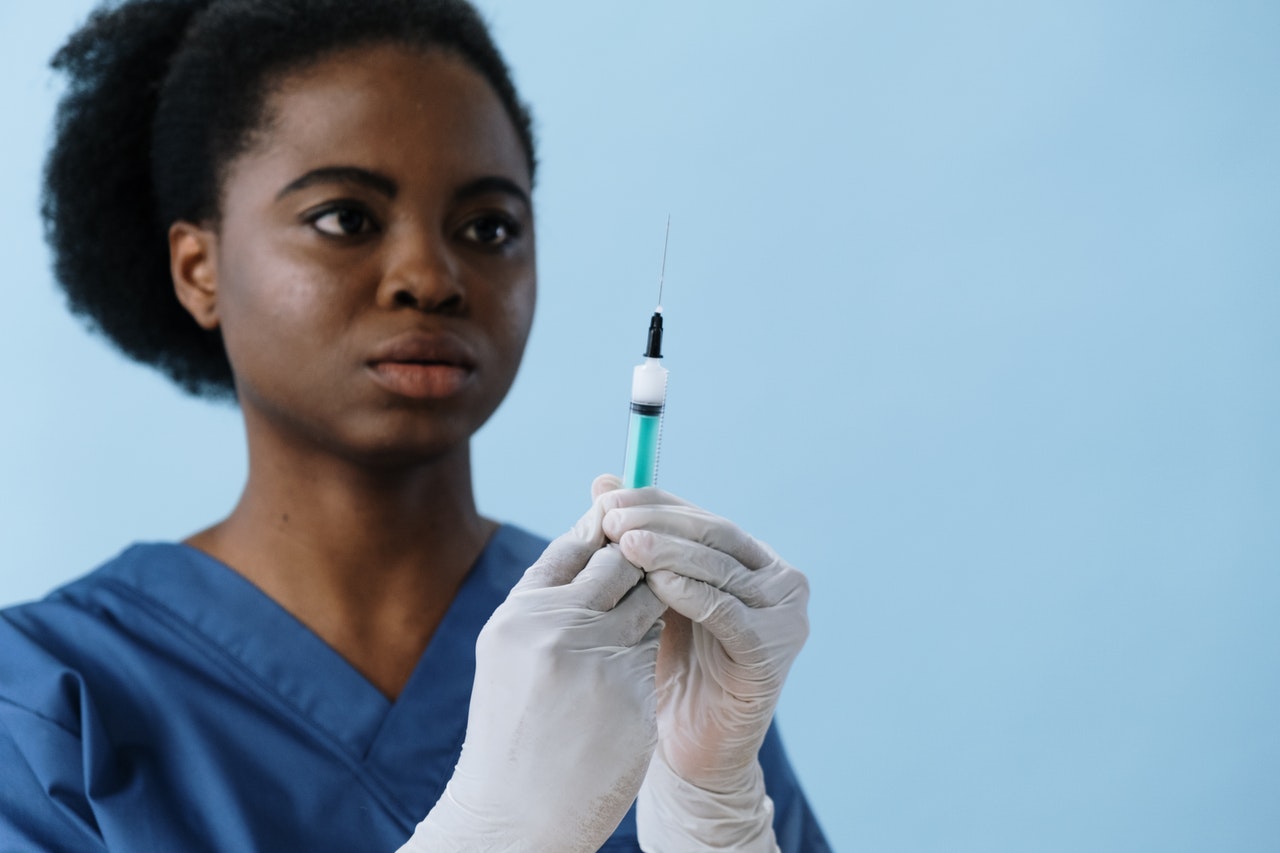Features
SmartWork Inc: What Everyone Needs to Know about Diabetes

Diabetes is a condition in which a person has a high level of sugar in the blood. Having a high blood sugar level can cause damage to blood vessels within the body, including damages to the brain, eyes, heart, kidneys, nerves, sexual organs, and feet. Diabetes accounts for 11% of deaths in the world.
Is diabetes treatable or curable?
Diabetes is a life-long condition that is not curable but can be controlled with lifestyle changes and medication. Treating diabetes reduces the risk of stroke, heart attack, blood vessel disease, impaired vision, kidney problems, and death. Patients with diabetes often develop hypertension, so it is important to pay attention to and control both.
What are the types of diabetes?
Type 1 diabetes: This is caused by deficient insulin production and requires daily administration of insulin. It was previously known as insulin-dependent or childhood-onset diabetes.
Type 2 diabetes: This results from the body’s ineffective use of insulin. The majority of people with diabetes have type 2 diabetes. This type of diabetes is largely the result of excess body weight and physical inactivity. It was formerly called adult-onset diabetes.
Gestational diabetes: This affects pregnant women and could occur during pregnancy and at delivery. Gestational diabetes is hyperglycemia with blood glucose values above normal but below those diagnostics of diabetes. 15% of pregnant women experience gestational diabetes. Women with gestational diabetes are at an increased risk of complications during pregnancy and delivery. These women and possibly their children are also at increased risk of type 2 diabetes in the future. Gestational diabetes is diagnosed through prenatal screening, rather than through reported symptoms.
What are the health impacts of undiagnosed or poorly managed diabetes?
- Over time, diabetes can damage the heart, blood vessels, eyes, kidneys, and nerves.
- Adults with diabetes have a 2 to 3-fold increased risk of heart attack and stroke.
- Combined with reduced blood flow, neuropathy (nerve damage) in the feet increases the chance of foot ulcers, infection, and the eventual need for limb amputation.
- Diabetic retinopathy is an important cause of blindness and occurs because of long-term accumulated damage to the small blood vessels in the retina. Diabetes is the cause of 2.6% of global blindness.
- Diabetes is among the leading causes of kidney failure.
- Death.
What are the symptoms of diabetes?
- Excessive thirst.
- Excessive urination.
- The blurring of vision.
- Dizziness.
- Unexplained weight loss.
- Loss of libido.
- Excessive tiredness or dizziness.
- Erectile dysfunction in men.
- Recurrent perineal itching.
What are the risk factors for diabetes?
- Unhealthy diet.
- Insufficient physical activity.
- Previous pregnancy-induced hypertension/pre-eclampsia/eclampsia.
- Personal or family history of hypertension, diabetes, heart disease, stroke, kidney disease.
- Advancing age, above 30 years.
- Excessive alcohol consumption.
- Tobacco use.
- Cultural practices, for example, use of mai shanu (animal fat), use of tobacco as part of marriage rites, fattening practices, and so on.
What can you do to reduce your risk of developing diabetes?
Simple lifestyle measures have been shown to be effective in preventing or delaying the onset of type 2 diabetes. To prevent type 2 diabetes and its complications, you should:
- Eat a healthy diet, minimise sugar, and saturated fats.
- Be physically active by doing at least 30 minutes of regular, moderate-intensity activity on most days.
- Achieve and maintain a healthy body weight.
- Avoid tobacco use; smoking increases the risk of diabetes and other chronic diseases.
How can one diagnose and manage diabetes?
Early diagnosis can be done through relatively inexpensive testing of blood sugar. Management of diabetes involves the consumption of adequate diet and physical activity along with the control of blood glucose and the levels of other known risk factors that damage blood vessels. Cessation of tobacco use is also important to avoid complications. People with type 1 diabetes require regular insulin shots while people with type 2 diabetes can be treated with oral medication but may also require insulin. Additional measures include:
- Blood pressure control.
- Diligent foot care. Patients can self-care by maintaining foot hygiene and wearing appropriate footwear. Regular examination of feet by health professionals is also recommended.
- Seeking professional care for ulcer management.
Lastly, regular health checks at least twice a year can aid early detection and management of increased blood sugar levels before it leads to diabetes.
***


















